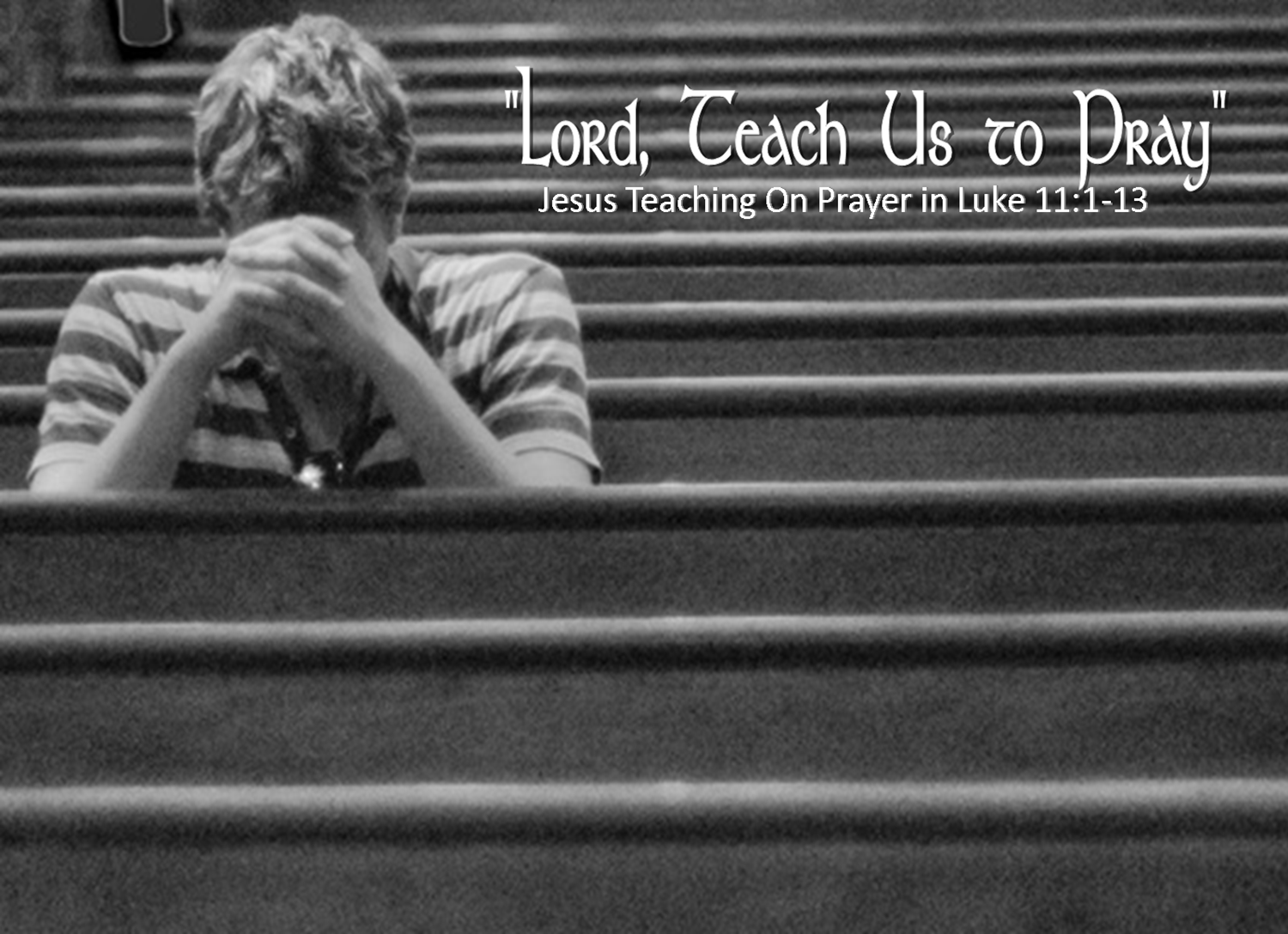
The clause "hallowed be your name" means "may everyone regard your name as holy" (cf. Two petitions relate to God’s cosmic purposes and three to the disciples’ personal needs. "The use of the intimate form was the amazing new thing that Jesus wished to teach his disciples, initiating them into the same close relationship with the father that he enjoyed. This does not mean, of course, that disciples enjoy exactly the same relationship that the Son of God enjoys with the Father. The closeness of their relationship with Jesus is apparent in that they could now address God as their Father as Jesus addressed God as His Father (cf. By using it the disciples were expressing the relationship that they enjoyed with God because of their relationship with Jesus (cf. pater, Aramaic abba) is both an intimate and a respectful title. Jesus first focused attention on the person of God. hoten) implies that they would pray this prayer frequently. His introduction to the teaching that Matthew reported implied that He was giving them a model or sample prayer ( Matthew 6:9). Jesus’ introduction to this prayer implied that He intended the disciples to repeat it verbatim. Prayer is a discipline of dependence on God and as such is the life breath of every disciple of Jesus.

He then gave them a parable that illustrates God’s willingness to answer ( Luke 11:5-8), a promise that God would answer ( Luke 11:9), and further assurance showing God’s readiness to answer their prayers ( Luke 11:10-13).
LUKE 11 1 13 SERMON WRITER HOW TO
The disciples’ request for instruction on how to pray ( Luke 11:1) resulted in Jesus giving them a pattern prayer ( Luke 11:2-4). The teaching in the present section of this Gospel gives help to disciples who need to learn how to pray and encouragement that God will hear and answer their prayers. Luke presented prayer as a major subject in which Jesus instructed His disciples whereas in Matthew prayer instruction is incidental to other themes. This whole section consists of teaching on prayer. This pericope, as the former one, clarifies the meaning of the first commandment ( Luke 10:27). Having explained their relation to their neighbors ( Luke 10:25-37) and to Himself ( Luke 10:38-42), He now instructed them on their relation to their heavenly Father. Jesus continued to point out the disciple’s proper relationships.

The relation of disciples to God the Father 11:1-13 Perhaps being in the area of John’s former ministry brought him to the disciples’ minds.ģ. Other Jewish groups, such as John’s disciples, had their own distinctive prayers. Evidently they wanted Jesus to give them a prayer that they could use that would be appropriate in view of their distinctive relationship to God as believers in Jesus. The disciples did not ask for instruction on the subject of prayer theoretically. They seem to have felt the need for help in learning to pray more than in learning how to preach. This is the only time the Gospel writers recorded that someone asked Jesus to teach them something, another indication of the importance of this instruction.

It was apparently Jesus’ frequent praying that alerted His disciples to its importance and made them feel their need for His help in their praying. This is the fifth time that Luke referred to Jesus praying ( Luke 3:21 Luke 5:16 Luke 6:12 Luke 9:18 Luke 9:28 cf. This verse gives the setting for the teaching that follows.


 0 kommentar(er)
0 kommentar(er)
